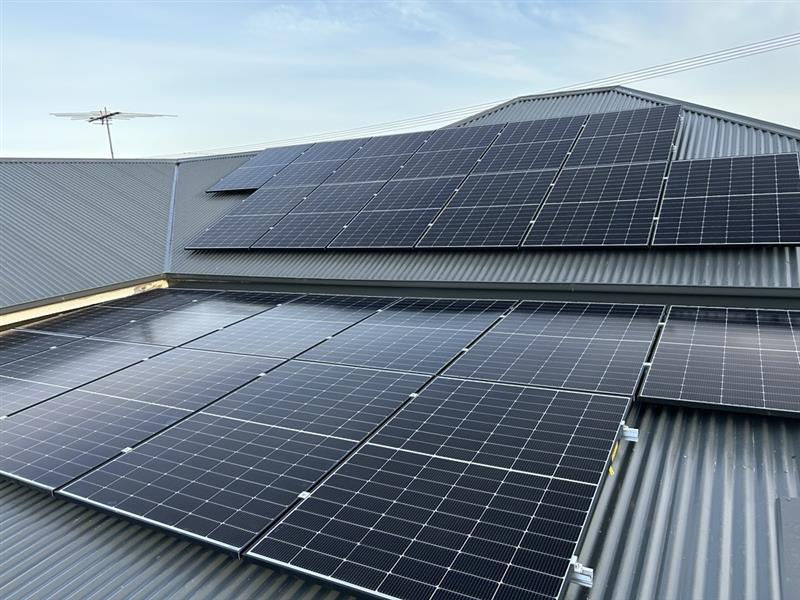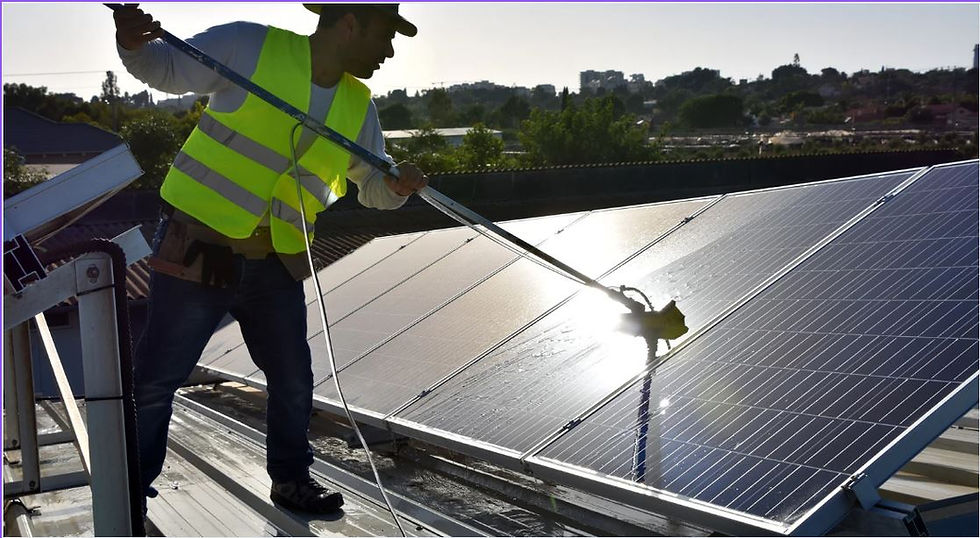Why More Australian Businesses Are Switching to Commercial Solar in 2025
- Marketing AR Energy
- Aug 22
- 3 min read
Across Australia, more businesses are looking beyond traditional electricity and embracing commercial solar. Rising energy costs, government incentives, and a growing focus on sustainability have made 2025 the year where solar energy is no longer just an option—it’s becoming a necessity. For business owners, switching to solar isn’t just about going green; it’s about securing long-term financial stability and demonstrating corporate responsibility.

The Rising Cost of Electricity in Australia
Electricity prices have continued to climb, putting pressure on small and medium-sized businesses across the country. According to the Australian Energy Regulator, commercial energy users have seen steady cost increases over the past few years. For a warehouse, office, or retail space, these bills can run into tens of thousands annually.
By investing in solar, businesses can take control of their energy production. A properly sized solar system can cut grid reliance significantly, reducing monthly power bills and freeing up cash flow for other investments.
Government Incentives and Tax Benefits in 2025
One of the biggest reasons businesses are making the switch in 2025 is the availability of strong government incentives. Through programs such as the Small-Scale Technology Certificates (STCs) and the Large-Scale Renewable Energy Target (LRET), businesses can access rebates and certificates that reduce upfront installation costs.
Additionally, some states offer tax deductions or grants for businesses investing in renewable technologies. These incentives, combined with the dropping cost of solar panels and inverters, make commercial solar more affordable than ever.
Sustainability and Corporate Responsibility
Beyond the financial side, sustainability has become a driving force. Customers, clients, and stakeholders increasingly value businesses that demonstrate a commitment to reducing their carbon footprint.
In fact, many Australian companies now include solar as part of their Environmental, Social, and Governance (ESG) strategies. Installing solar panels can improve brand reputation, attract eco-conscious customers, and even help secure contracts with clients who require partners to meet sustainability standards.
Technology Advancements Driving Growth
Commercial solar technology in 2025 is more efficient and durable than ever. Modern solar panels can generate more power with less roof space, and battery storage solutions allow businesses to use solar energy even after the sun goes down.
Smart energy management systems also give business owners real-time data on energy use, helping them optimise consumption and further reduce costs. For industries with high daytime energy usage—like manufacturing, agriculture, or logistics—these advancements are a game-changer.
Long-Term Financial Payoff
Installing commercial solar is a capital investment, but the returns are impressive. Most systems in Australia achieve payback within 3–5 years, depending on size and usage. After this period, businesses enjoy almost free electricity for decades, as panels typically last 25 years or more with minimal maintenance.
When energy bills continue to rise, solar essentially locks in predictable and low-cost energy for the long term. This makes solar not just an environmental choice but a strategic business decision.
Real-World Impact: How Businesses Benefit
Warehouses in Adelaide are reducing reliance on the grid and saving thousands annually.
Retailers in Sydney are using solar to cut overheads and reinvest savings into growth.
Farms in Queensland are powering irrigation systems with solar, improving efficiency and reducing reliance on diesel generators.
These real-world applications highlight why businesses across industries see solar as more than just an energy solution—it’s a business advantage.
Practical Steps for Businesses Considering Solar
If you’re considering solar for your business in 2025, here are some steps to follow:
Conduct an energy audit – Understand your current usage and peak demand times.
Get a professional solar assessment – Determine the right system size and design for your business.
Explore incentives and financing – Take advantage of government rebates and commercial solar finance options.
Choose an experienced installer – Work with a trusted solar provider who understands local regulations and industry standards.
Plan for maintenance – Regular cleaning and inspections ensure your system runs at peak efficiency.
Conclusion
With rising energy costs, generous government incentives, and a greater emphasis on sustainability, there has never been a better time for Australian businesses to embrace commercial solar. By making the switch, you’re not just saving money—you’re investing in long-term independence, resilience, and a cleaner future.
If your business hasn’t yet explored solar, 2025 is the perfect year to start.







Comments